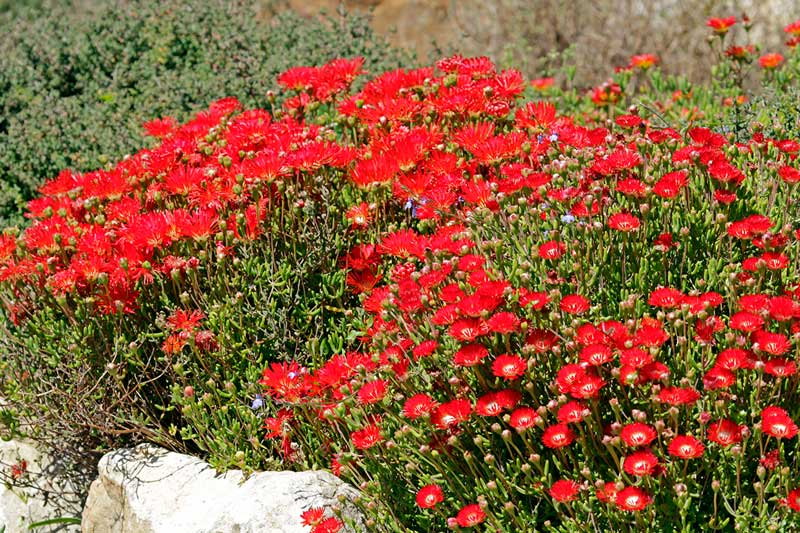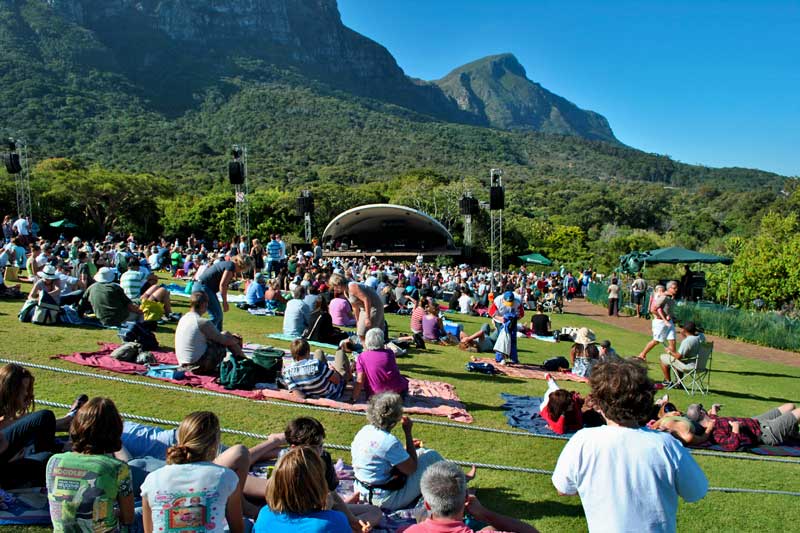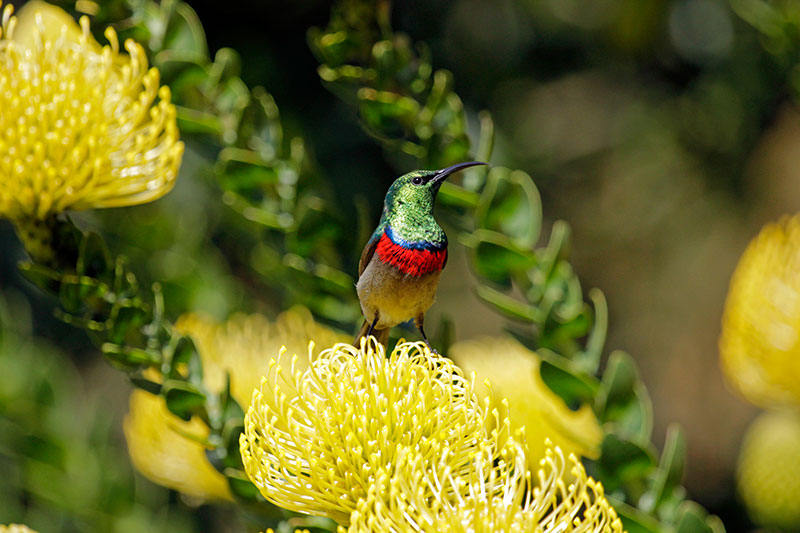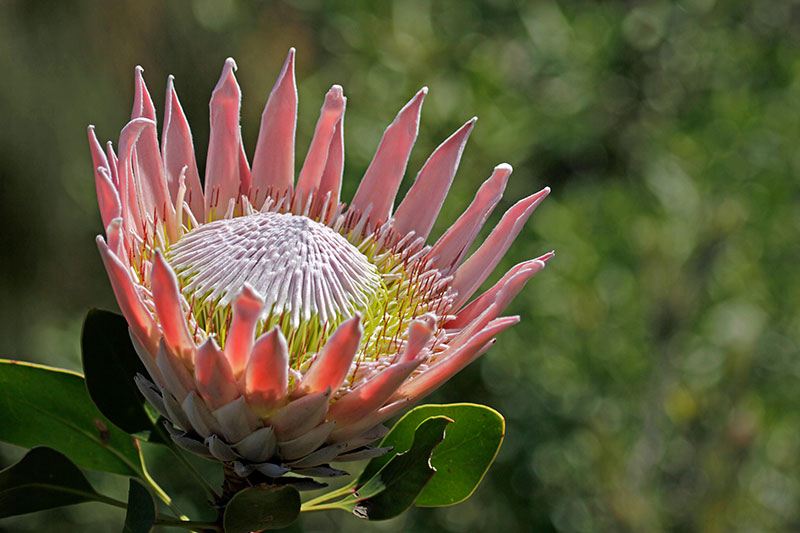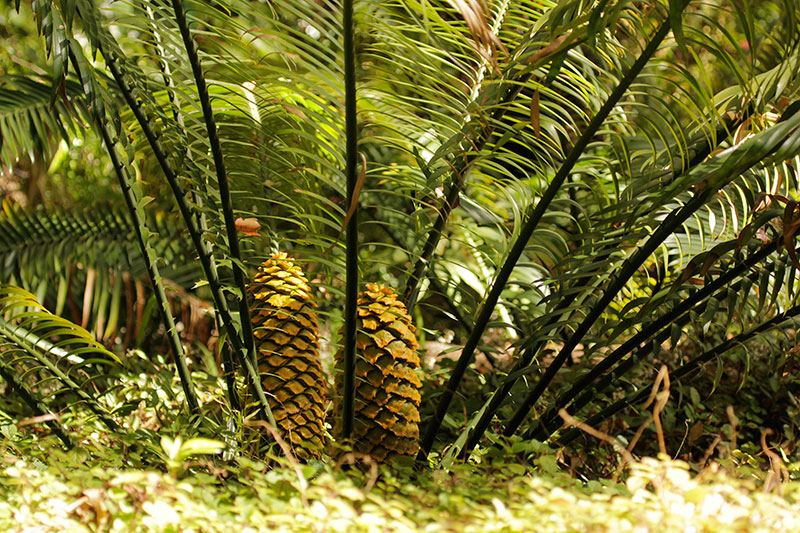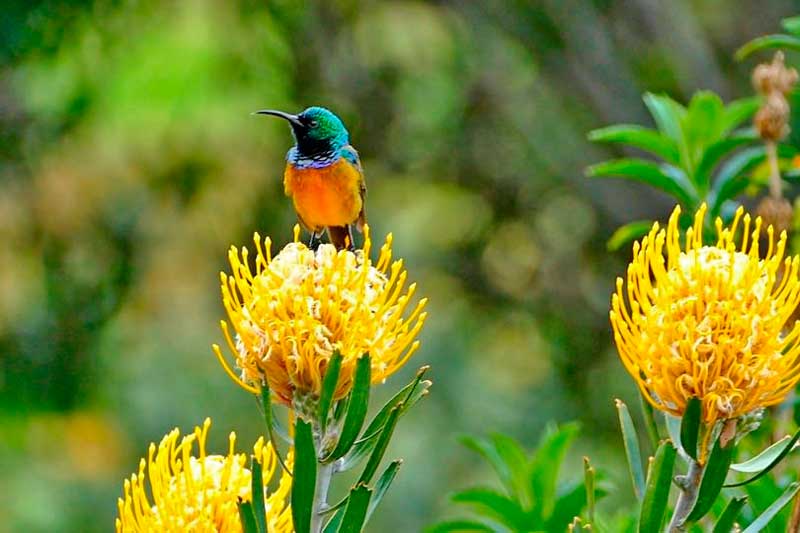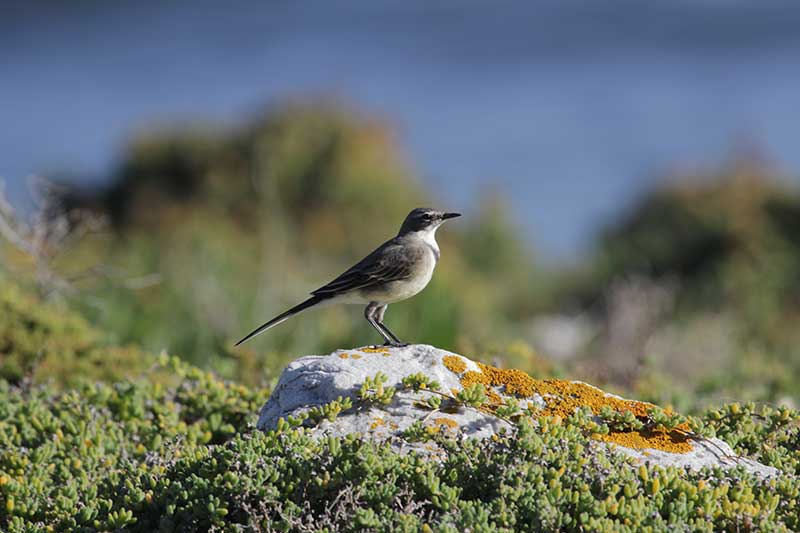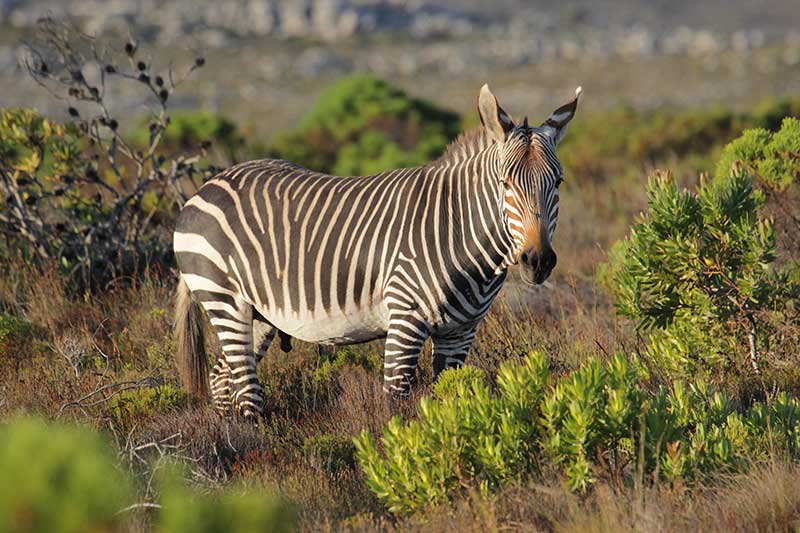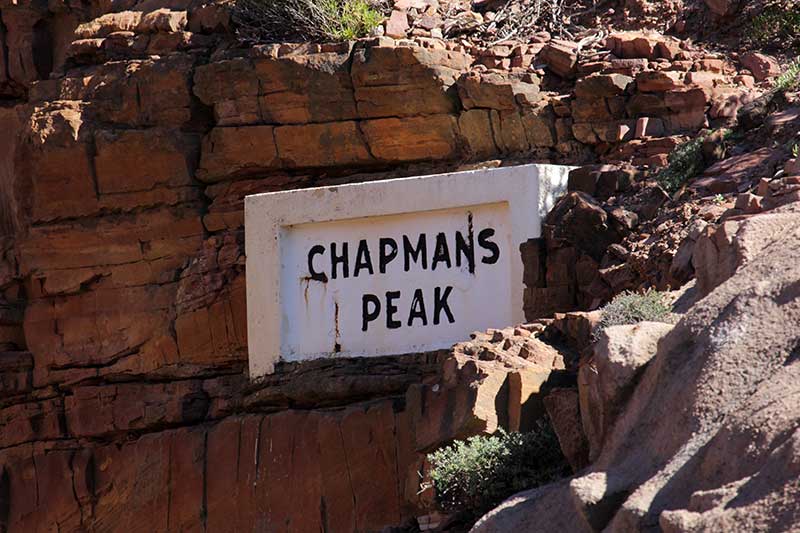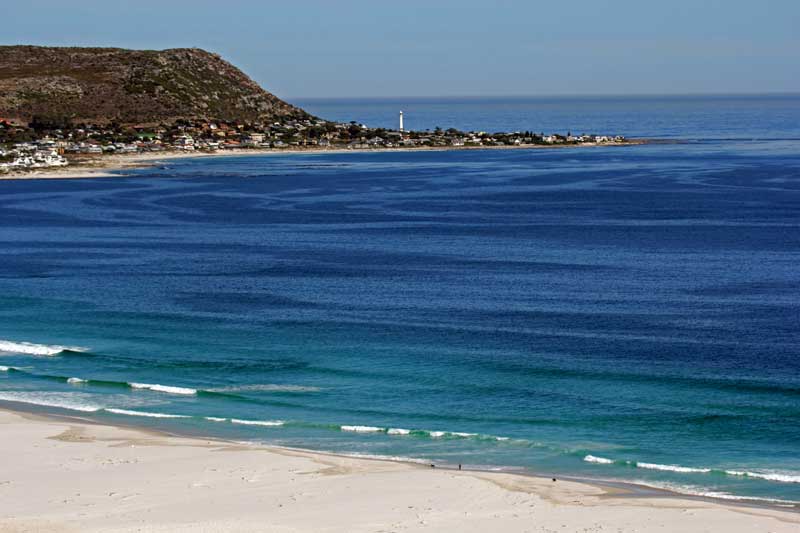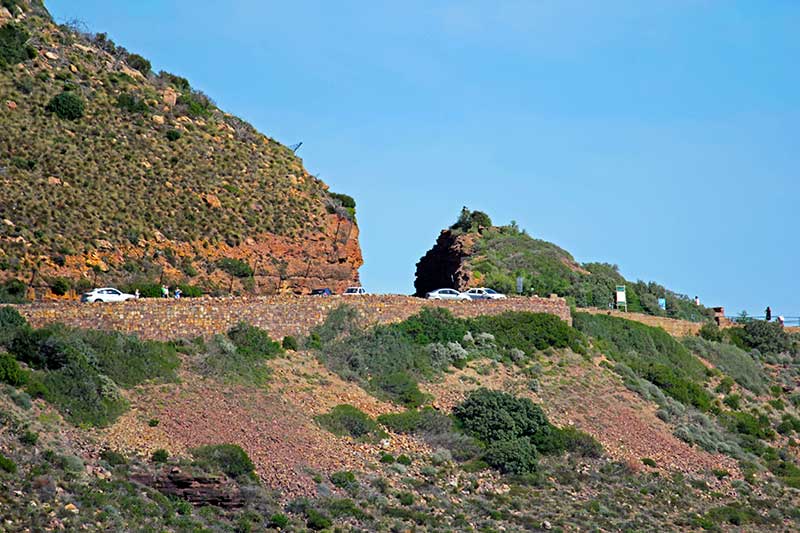Kirstenbosch
It’s a favourite among locals and visitors alike for many reasons: picnics on the lawns, hiking up Skeleton Gorge, enjoying a glass of chilled White Wine before a Summer-Sunset-Concert exploring the many shady trails, and taking in the panoramic views from the canopy walkway, to mention just a few.
Regarded as one of the great botanic gardens of the world, Kirstenbosch was bequeathed to the government by Cecil John Rhodes. At the time, it was nothing more than ramshackle farmland overrun with pigs. In 1913 a botanist called Harold Pearson set about transforming the land into a botanic garden devoted to the country’s indigenous flora. It now contains over 7000 species of plants from southern Africa. The 528-hectare Kirstenbosch Estate falls under the Cape Floristic Region, which is a UNESCO World Heritage Site.
Kirstenbosch National Botanical Garden
Situated on the slopes of Table Mountain (about 13km from Cape Town City Centre) Kirstenbosch Botanical Garden includes a fragrance garden, a medicinal garden, 2,500 species of plants found on the Cape Peninsula, a Protea garden (best seen in spring!), a braille trail, and a cycad amphitheatre. There is also the Botanical Society Conservatory, which houses plants from the continent’s more arid regions. To immerse yourself in all that the Garden has to offer, it is worth taking one of the free guided tours that depart from the Visitors’ Centre.
If you have little ones, you simply must take them to see the cycad amphitheatre. Dotted among the cycads are life-sized anatomically correct sculptures of dinosaurs and a pterosaur! Kirstenbosch also features a sculpture garden, where you’ll find an ever-changing exhibition of African stone sculptures, and bronze animal sculptures by Dylan Lewis. Your kids will also enjoy a walk along the Centenary Tree Canopy Walkway – known as the Boomslang. This 130-metre steel-and-timber bridge snakes its way through and over the trees of the Arboretum, providing stunning views of the Garden.
All that walking is bound to work up an appetite, and – if you haven’t packed a picnic – there are a number of options for satiating your hunger. Visit the African themed Moyo restaurant for a hearty lunch, or pop into the Kirstenbosch Tea Room for scones, cake and cucumber sandwiches. You can even pick up a picnic hamper from either of these restaurants.
While the Garden is spectacular all year round, you’ll see the fynbos at its best from August to November. However, summer has its own charm in the form of the Summer Sunset Concerts every Sunday evening and the open-air Galileo Cinema on Wednesday evenings.
